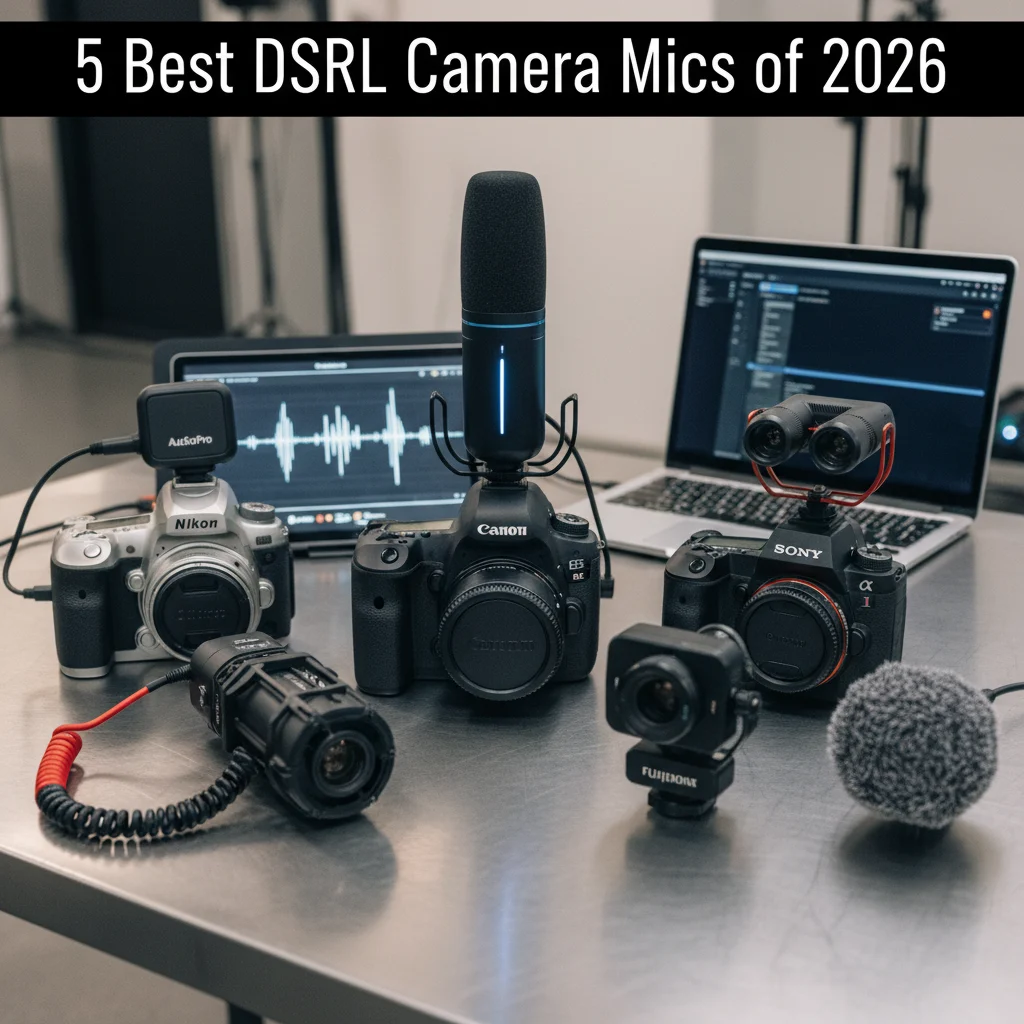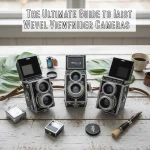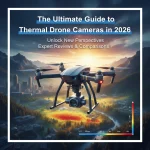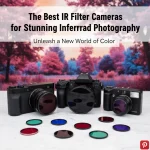[Get the best value dslr camera mic on Amazon today!]
# 5 Best DSLR Camera Mics of 2026: Crystal Clear Audio
Are you tired of your amazing DSLR footage being ruined by poor audio quality? You’ve invested in a great camera, now it’s time to invest in a great DSLR camera mic! Getting crystal-clear audio doesn’t have to be a headache. In this guide, we’ll break down the five best DSLR camera mics of 2026, helping you choose the perfect one to elevate your videos. Whether you’re a seasoned pro or just starting out, we’ve got you covered with mics that fit every budget and need. Let’s dive in!
### Top Picks Summary
| Mic | Best For | Key Feature |
| ———————— | —————————- | ————————— |
| Rode VideoMic Pro+ | Versatile, high-quality audio | Automatic Power Function |
| Sennheiser MKE 600 | Interviews and dialogue | High Directivity |
| Rode VideoMicro | Budget-friendly, compact | Extremely Lightweight |
### Rode VideoMic Pro+
**Best For:** Versatile, high-quality audio for a wide range of shooting scenarios.
**Key Features:**
* **Automatic Power Function:** Automatically turns on and off with your camera, saving battery life.
* **High-Pass Filter:** Reduces unwanted low-frequency noise (like rumble or air conditioning).
* **Three-Stage Gain Control:** Adjusts the mic’s sensitivity for optimal recording levels.
* **Rycote Lyre Suspension System:** Minimizes vibrations and handling noise.
**Why We Like It:** The Rode VideoMic Pro+ is a workhorse. It’s incredibly versatile and delivers professional-grade audio in almost any situation. The automatic power function is a lifesaver, and the high-pass filter ensures your recordings are clean and clear. It’s a solid investment for anyone serious about improving their DSLR audio.
### Sennheiser MKE 600
**Best For:** Capturing clear and focused audio for interviews, dialogue, and speech.
**Key Features:**
* **High Directivity:** Supercardioid polar pattern focuses on sound directly in front of the mic, rejecting ambient noise.
* **Switchable Low-Cut Filter:** Further reduces unwanted low-frequency sounds.
* **Robust Metal Housing:** Durable construction for reliable performance in various environments.
* **Optional Phantom Power or Battery Operation:** Offers flexibility in power sources.
**Why We Like It:** The Sennheiser MKE 600 excels at isolating voices. Its high directivity ensures that your subject’s voice is the focus, minimizing distracting background sounds. The robust build quality and flexible power options make it a reliable choice for on-location shooting. If you primarily record interviews or dialogue, this mic is a top contender.
### Rode VideoMicro
**Best For:** Budget-conscious users who need a compact and easy-to-use external mic.
**Key Features:**
* **Extremely Lightweight:** Won’t add significant weight to your camera setup.
* **Plug-and-Play Operation:** No batteries required; powered by your camera.
* **High-Quality Cardioid Condenser Capsule:** Delivers clear and focused audio.
* **Rycote Lyre Suspension System:** Minimizes vibrations and handling noise.
**Why We Like It:** The Rode VideoMicro is a fantastic entry-level option that punches above its weight. It’s incredibly simple to use – just plug it in and start recording. Despite its small size and affordable price, it delivers a noticeable improvement in audio quality compared to your camera’s built-in microphone. It’s perfect for vloggers, YouTubers, and anyone who wants better audio without breaking the bank.
### Deity V-Mic D3 Pro
**Best For:** Content creators who need a versatile microphone with advanced features and smartphone compatibility.
**Key Features:**
* **Continuously Variable Gain:** Offers precise control over audio levels.
* **Smart Device Compatibility:** Can be used with smartphones and tablets via a TRRS cable.
* **Auto Gain Control Disable:** Prevents unwanted gain adjustments during recording.
* **Low Noise Circuitry:** Ensures clean and clear audio recordings with minimal background noise.
**Why We Like It:** The Deity V-Mic D3 Pro is a feature-packed microphone that offers a lot of value for its price. The continuously variable gain control is a standout feature, allowing you to fine-tune your audio levels with precision. Its compatibility with smartphones and tablets makes it a versatile tool for content creation on the go. The low noise circuitry ensures that your recordings are clean and professional-sounding.
### Saramonic Vmic Mini
**Best For:** Users seeking an ultra-compact and lightweight microphone for vlogging and on-the-go recording.
**Key Features:**
* **Ultra-Compact and Lightweight:** Adds minimal bulk to your camera setup.
* **Plug-and-Play Operation:** No batteries required; powered by your camera.
* **Cardioid Polar Pattern:** Captures sound from the front while rejecting ambient noise.
* **Integrated Shockmount:** Reduces vibrations and handling noise.
**Why We Like It:** The Saramonic Vmic Mini is an excellent choice for vloggers and content creators who prioritize portability and ease of use. Its ultra-compact and lightweight design makes it ideal for on-the-go recording. Despite its small size, it delivers a noticeable improvement in audio quality compared to your camera’s built-in microphone. It’s a simple and affordable way to enhance your vlogging audio.
[Browse top-rated dslr camera mic on Amazon]
## Buying Guide: What to Consider When Choosing a DSLR Camera Mic
Choosing the right DSLR camera mic can feel overwhelming, but focusing on a few key factors will make the process much easier. Here’s what you should consider:
* **Polar Pattern:**
* **Cardioid:** This is the most common polar pattern. It picks up sound primarily from the front, rejecting sound from the sides and rear. Ideal for isolating a single sound source.
* **Supercardioid/Hypercardioid:** These patterns are even more directional than cardioid, picking up sound from a narrower angle. Great for noisy environments.
* **Omnidirectional:** Picks up sound equally from all directions. Useful for capturing ambient sound or recording multiple speakers.
* **Microphone Type:**
* **Shotgun Microphones:** Highly directional and designed to pick up sound from a distance. Excellent for interviews and dialogue.
* **On-Camera Microphones:** Compact and convenient, attaching directly to your camera’s hot shoe. Good for general-purpose recording.
* **Lavalier Microphones (Lapel Mics):** Small, clip-on mics that are ideal for interviews and presentations.
* **Frequency Response:** Look for a microphone with a wide frequency response to capture a full range of sounds. A frequency response of 20Hz-20kHz is generally considered ideal.
* **Signal-to-Noise Ratio (SNR):** A higher SNR indicates less background noise and a cleaner audio signal.
* **Sensitivity:** Sensitivity measures how well a microphone converts acoustic energy into an electrical signal. A more sensitive microphone will pick up quieter sounds.
* **Power Source:** Some microphones require batteries, while others are powered by your camera (plug-in power) or phantom power. Consider which power source is most convenient for your needs.
* **Build Quality:** Choose a microphone with a durable construction that can withstand the rigors of on-location shooting. Metal housings are generally more robust than plastic ones.
* **Accessories:** Check if the microphone comes with essential accessories like a windscreen, shock mount, and cables. These accessories can significantly improve your audio quality and protect your microphone.
* **Budget:** DSLR camera mics range in price from under $50 to several hundred dollars. Determine your budget before you start shopping to narrow down your options.
* **Intended Use:** Think about what you’ll be recording most often. Interviews? Vlogs? Music? The best mic for you will depend on your specific needs.
**Understanding Polar Patterns in Detail:**
The polar pattern of a microphone describes its sensitivity to sound from different directions. Choosing the right polar pattern is crucial for capturing the desired audio while minimizing unwanted background noise.
* **Cardioid:** A cardioid microphone is most sensitive to sound coming from the front and rejects sound from the rear. This pattern is ideal for recording a single sound source, such as a person speaking, while minimizing ambient noise. It’s a versatile choice for various applications, including podcasting, vocal recording, and on-camera video production.
* **Supercardioid/Hypercardioid:** These patterns are more directional than cardioid, with a narrower pickup angle. They are highly effective at rejecting off-axis sound, making them suitable for noisy environments or when you need to isolate a specific sound source from a distance. Supercardioid and hypercardioid microphones are often used in film and television production, as well as for live performances.
* **Omnidirectional:** An omnidirectional microphone picks up sound equally from all directions. This pattern is useful for capturing ambient sound or recording multiple speakers simultaneously. Omnidirectional microphones are often used for field recording, conferences, and capturing room ambience. However, they are more susceptible to background noise than directional microphones.
**The Importance of a Good Shock Mount:**
A shock mount is a device that isolates a microphone from mechanical vibrations, which can cause unwanted noise in your recordings. Vibrations can be transmitted through the microphone stand, camera, or even
[Check the latest prices and deals for dslr camera mic on Amazon today!]











